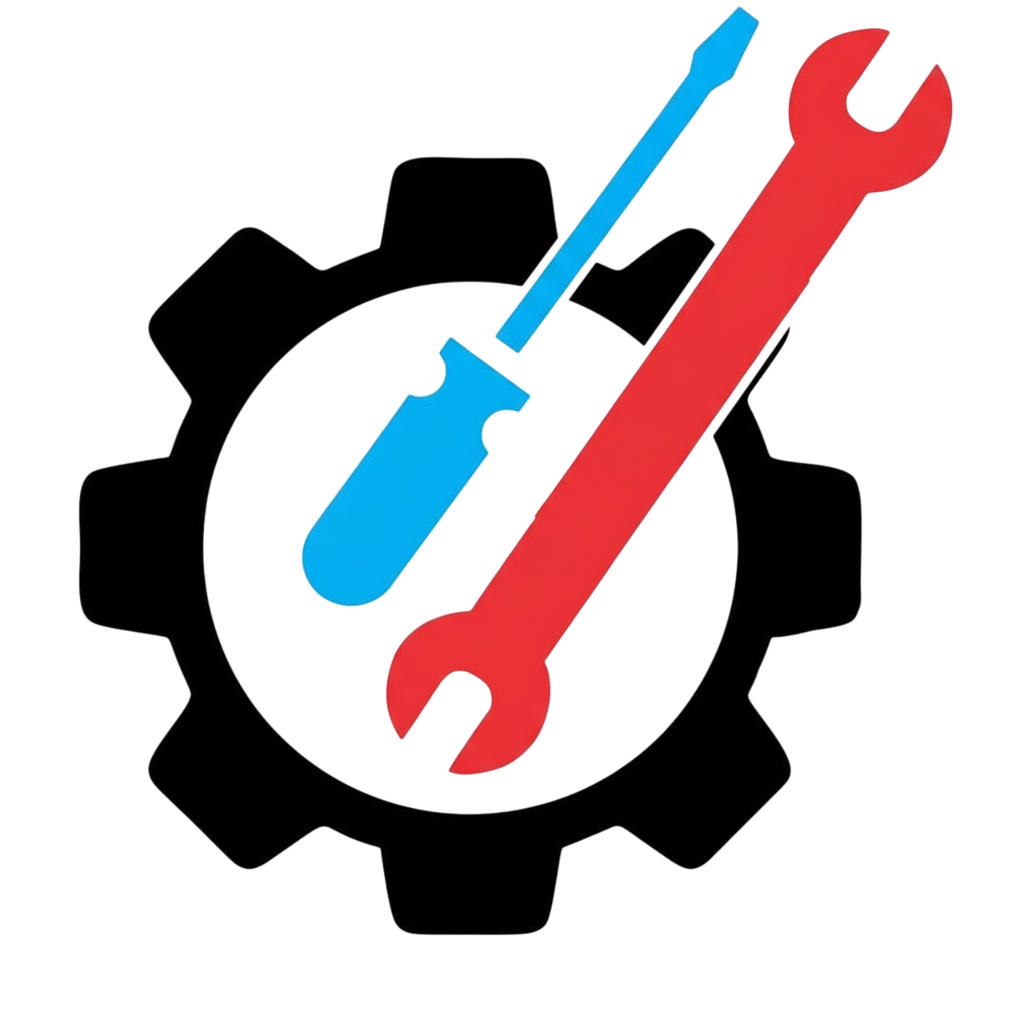Aluminum Welding Calculator
Get recommended starting parameters for MIG (GMAW) and TIG (GTAW) welding of aluminum alloys to help you overcome common challenges and achieve high-quality results.
Select Process and Thickness
Choose your welding process and the material thickness to get parameter recommendations for common aluminum alloys like 5XXX or 6XXX series.
The Unique Challenges of Welding Aluminum
Welding aluminum is significantly different from welding steel. It requires special techniques and a good understanding of its properties to achieve a strong, clean weld.
- Oxide Layer: Aluminum has a tough, high-melting-point oxide layer that must be removed before and during welding. For TIG, this is done with AC current. For MIG, it's done through the arc action.
- High Thermal Conductivity: Aluminum conducts heat about 5-6 times faster than steel. This means you need much higher heat input to form a weld pool, but that heat spreads quickly, increasing the risk of distortion.
- Porosity: Molten aluminum readily absorbs hydrogen, which causes severe porosity as the weld cools. All sources of moisture (from the air, filler metal, or base metal) must be eliminated.
